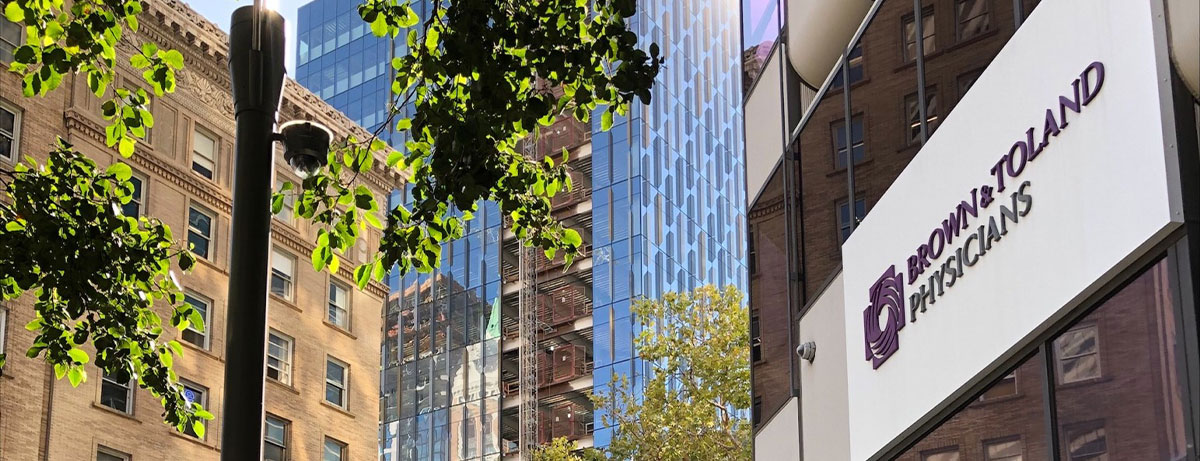10 Ways to Reduce Your Blood Pressure

Less is more, or the lower the better when it comes to blood pressure. Do you know your numbers? Are they in the normal range? Have they changed in the last few months or year?
There is a reason high blood pressure is known as the “silent killer”— it often shows no signs or symptoms. As a result it’s important to have your pressure checked regularly–ideally at every visit with your doctors. Almost 20% of U.S. adults with high blood pressure do not know they have the disease. The key to monitoring and managing your blood pressure is to know your blood pressure numbers, and know the numbers that are normal for you. Ask your primary care physician to take your pressure at every visit and discuss any fluctuations in your readings.
There are two numbers that make up your blood pressure rating—they are called your systolic and diastolic blood pressure. When your heart beats, it contracts and pushes blood through the arteries to the rest of the body. This force creates pressure on the arteries. This is called systolic blood pressure. A normal systolic blood pressure is below 120. The diastolic blood pressure number or the bottom number indicates the pressure in the arteries when the heart rests between beats. A normal diastolic blood pressure number is less than 80.
The cause of most cases of high blood pressure is unknown. But there are factors that can place you at greater risk of developing the condition. That’s why it is important to know what your risks are and to learn which factors you can and cannot control.
There are small steps you can take to control your blood pressure now and they can lead to big improvements down the road. Here are 10 tips to lowering your blood pressure and keeping it down.
1. Lose extra pounds and watch your waistline
2. Exercise regularly
3. Eat a healthy diet
4. Reduce sodium in your diet
5. Limit the amount of alcohol you drink
6. Avoid tobacco products and secondhand smoke
7. Cut back on caffeine
8. Reduce your stress
9. Monitor your blood pressure at home and make regular doctor’s appointments
10. Get support from family and friends
Click here for more detailed information on each step.
Source: Mayo Clinic, American Medical Group Association
